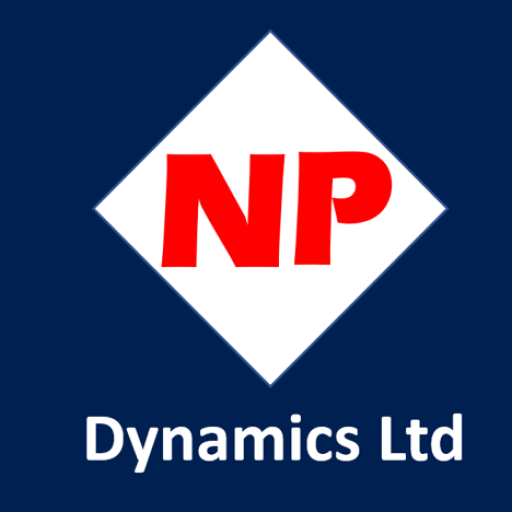I am creating a series of blog posts that collectively are designed to help anyone preparing for the Microsoft Dynamics 365 Customer Engagement Core exam. (aka MB-200) In this post I will look at concepts around OneNote integration.
You can see below that we have a section of the exam which covers implementing integrations, within that we have a section regarding Office 365 and OneNote. 
I guess the first question might be, what is OneNote? (Although I hope you know the answer!) OneNote, as the name suggests is a product for taking notes. It is part of the office suite available in Office 365. Notes can be simple items of text but could also involve screen shots, audio or even video that relate to whatever subject is being covered. Meaning that OneNote offers a much richer interface than available within standard Dynamics 365 note taking. OneNote also supports co-authoring, allowing multiple people to collaborate on a single “document”. OneNote has a variety of clients to install locally, run on-line and even as apps on mobile devices.
OneNote uses a concept of notebooks, each notebook can have sections and pages, Just like a real notebook!
Note: OneNote also has a concept of section groups but this is currently not supported by the Dynamics 365 integration. Meaning you should only use sections and pages when integrating with Dynamics 365.
You can then create and collaborate on OneNote documents using any of the supported clients. Maybe think of OneNote as an extension to the note taking capabilities in Dynamics 365 rather than a replacement.
From the Timeline in Dynamics 365 it is possible to open OneNote notebooks in the context of the currently selected record. You do this from the “+” icon. Clicking the OneNote option will create a new notebook for this record. Or alternatively if a notebook already exists it will be opened.

Tip: If you are familiar with the classic web interface for Dynamics 365 you may be aware that a separate tab used to show for OneNote in the social pane. (As shown below.) This older approach has been replaced in the new Unified Interface!

OneNote integration uses SharePoint to store the notebooks. Because of this OneNote integration options can be found in the document management area of advanced settings in Dynamics 365.

Prior to enabling OneNote integration each entity requiring the OneNote functionality must also already be enabled for document integration.

An alternative approach to enable OneNote integration is to navigate to the entity in customizations and enable in the communication & collaboration section.
Note: I have shown the classic approach to customizations below. The OneNote integration property is not currently accessible in the newer make.powerapps.com interface.

If a OneNote doesn’t exist one is automatically created in SharePoint. Each record in Dynamics 365 will have only one notebook, which is shared across all users. (Hence the use of SharePoint rather than OneDrive for Business!)
Clicking on the OneNote option in the Timeline will create a new notebook or open an existing one..

If you review the documents option on the entity you will be able to see the file(s) that makeup the OneNote being stored in SharePoint. (You access the “documents” option from the Related option!)
This illustrates that SharePoint is required prior to integrating with OneNote. Also you should be able to see that the OneNote could be opened directly from SharePoint without opening Dynamics 365 if required.

If you remove a Dynamics 365 record the associated OneNote notebook will not be removed from SharePoint. You’d need to remove the notebook manually from SharePoint.
By default, Dynamics will create a separate document location and a separate OneNote notebook for each record viewed. Should you wish to share one notebook across multiple entities this can be achieved by manually editing the document location so that it points to one shared OneNote notebook location.
As with SharePoint integration you need to be aware that Dynamics 365 access and SharePoint access (and therefore OneNote) are not directly linked. Permissions will need to be granted in the Dynamics 365 security model and SharePoint independently. You need to ensure users have access to both Dynamics 365 and SharePoint.
It is also worth understanding that SharePoint and OneNote configuration does not form part of the Dynamics 365 solution file. When moving from development to production environments any configuration will need to be repeated in both environments.
In this post I hope I have covered all of the major points needed for the MB 200 certification. But as always I strongly encourage you to gain some real world hands on experience.






Leave a comment